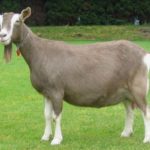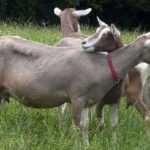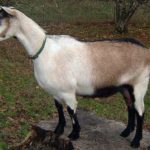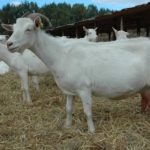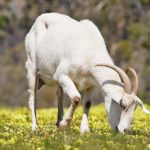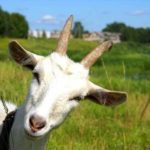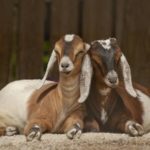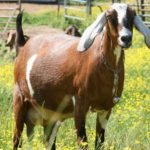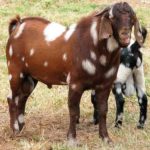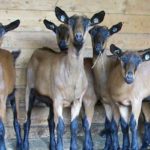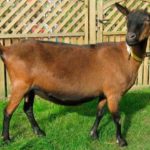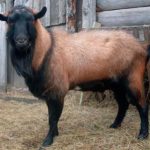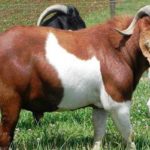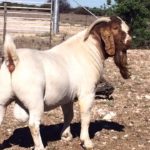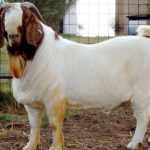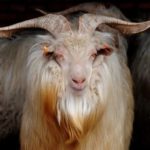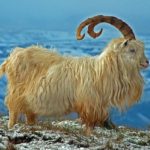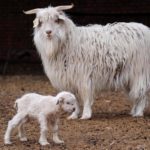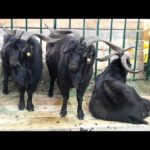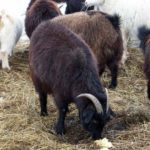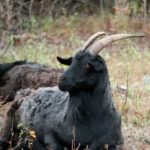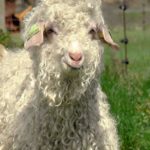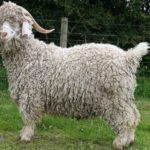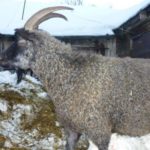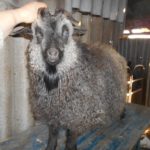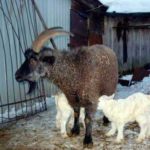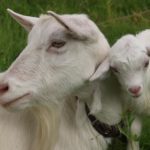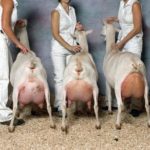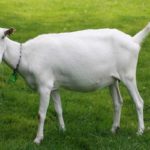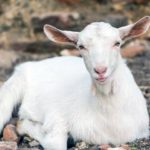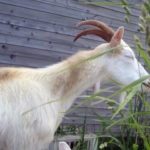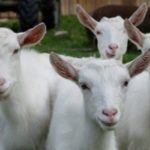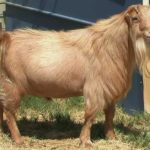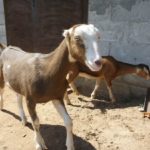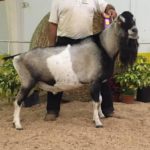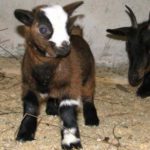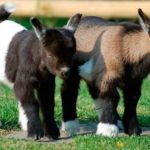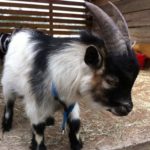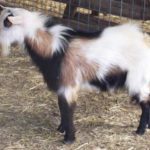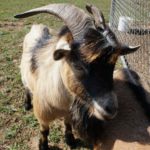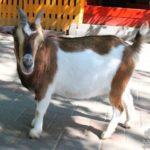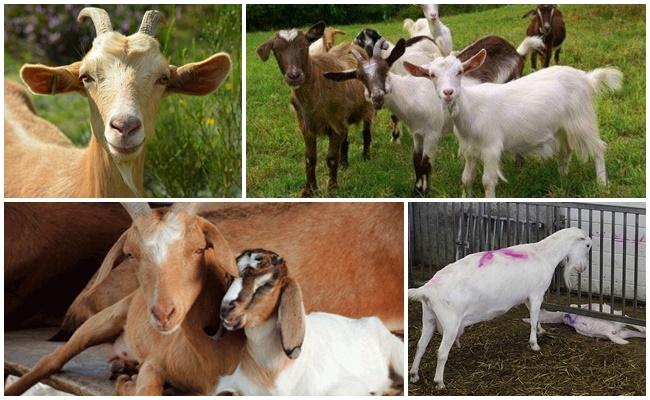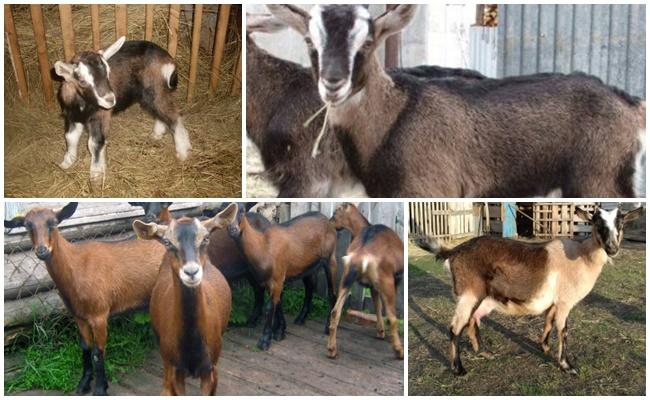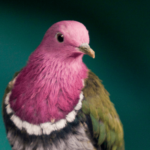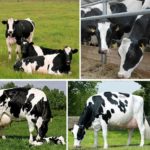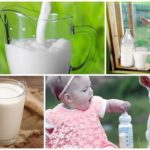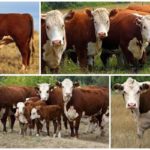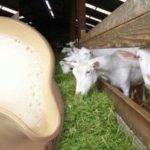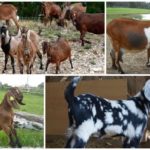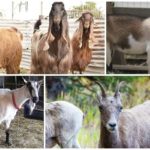Goat breeding is becoming a popular and profitable branch of agriculture. Goats provide milk, meat, and wool, which are valued higher than those of cows and sheep. Goat meat is a dietary product with low fat content, but sometimes it gives off a specific aroma. Before starting a livestock business, you need to decide on the breed of goats and which one produces the most odorless milk.
The best goat breeds
The following areas are distinguished in goat breeding:
- dairy;
- meat;
- down;
- woolen
A separate mixed industry is also distinguished. It combines breeds that produce several products.
Dairy
The main indicators by which a dairy goat is selected are the amount of milk yield and the quality of the milk. In some animals, the volume of milk produced depends on the conditions under which they are kept. Therefore, preference should be given to unpretentious breeds.
Toggenburg
The Swiss milk variety easily adapts to a new climate.
Toggenburg goats are recognizable by their light brown color and white stripes on their faces.
Alpine
The breed is distinguished by its dark color: bay with spots or dark on the body and light on the head.
The milk of Alpine goats is tasty, but not fatty, and the short lactation period is less than seven months a year. High milk yields will be maintained provided there is enough salt in the diet.
Megrelian
Georgian goats graze on mountain slopes and are large in size.
Animals that graze in the valley produce less milk than those that feed in the mountains.
Meat
Meat goats are distinguished by a round, barrel-shaped body and a small udder. They provide milk for six months of the year. But among meat breeds there are breeds with high milk yields, which can be classified as a mixed meat and dairy group.
Nubian
The British variety is tall, 70 centimeters at the withers. Animals gain weight up to eighty kilograms.
Vigorous Nubian goats have their horns burned when they are young to prevent them from hurting each other and other animals.
Czech brown
A popular breed for breeding in private farms.
Czech brown goats quickly adapt to harsh climates.
Burskaya
The standard color is white and brown. Bucks gain 140 kilograms of weight, and female goats gain 90 kilograms. The Boer variety is used to improve milk and powder breeds.
Boer goats They uncontrollably devour any plants, so they should not be allowed into the vegetable garden and flower garden.
Downy
Thoroughbred downy goats produce up to seven hundred grams of down at a time. The bulk of the fluff comes from males. Females have a less dense undercoat and produce less milk compared to dairy breeds.
Cashmere
The variety comes from the Tibetan mountains. External differences are drooping ears and compact body size.
A cashmere goat yields 6 kilograms of fluff, and a female goat produces 3 kilograms. But animals need to be clipped at a certain period - before molting.
Orenburgskaya
The Ural breed is most popular in Russia and Tatarstan. Animal down is used in the production of Orenburg scarves. Coat color: black, red, gray.
Orenburg goats produce high-quality hair from the age of four. Seven-year-old animals are not shorn.
Wool goats
The wool group also includes popular and productive varieties that do not have a specific aroma.
Angora
The Turkish breed received its name thanks to its historical homeland - Ankara. The animals weigh little - 35-50 kilograms with a height of 60-70 centimeters at the withers.
Angora goats produce milk with a fat content of 4% and tender, odorless meat.
Pridonskaya
The breed appeared as a result of crossing Don and Angora goats.
In the pasture you also need to ensure that animals do not crowd together. In summer, grazing is required for at least twelve hours.
Hornless goats
Most hornless breeds belong to the dairy group.
Saanen or Saanenthal
The German polled variety, with short or absent horns, has been known since the 19th century and is distinguished by its short white coat.
Find purebred Saanen goat possible in breeding farms. A sign of purebred breeding is the complete absence of horns.
Campina
The Belgian white variety with short hair produces milk of medium fat content.
Rare purebred campinas produce high-quality milk.
Lamancha
The selectively bred variety is distinguished by a variety of colors - white, gray, brown.
During one lambing, the La Mancha goat gives birth to up to four kids, and during lactation it produces 4 liters of milk per day.
Dwarf
The peculiarity of dwarf animals is their strong immunity and resistance to frost.
Cameroonian
African small breed with curled horns. Height at the withers is 50 centimeters. Cameroon goats They are decorative and come in black, caramel color and spotted.
Cameroon goats do well in a herd and feel sad alone.
Nigerian
The breed is related to the Cameroonian and appeared as a result of a genetic mutation under the influence of the hot African climate.
The temperature in the room with animals should not fall below 15 degrees Celsius.
The highest yielding breed
European and European countries produce the most milk dwarf goats:
| Breed | Annual milk yield per individual in liters |
| Czech brown | 1980 |
| Nubian | 1400 |
| Saanen | 1000 |
| Cameroonian | 960 |
| Megrelian | 900 |
| Toggenburg | 600 |
The amount of milk yield is determined not only by the breed and duration of lactation, but also by nutrition. Animals should receive fresh hay, green grass and branches of fruit trees in the summer.
It is also necessary to ensure round-the-clock access to clean water. With proper care, milk yield will be maximum.
How to make the right choice
To select a healthy young goat, you need to pay attention to the following signs:
- an elastic pear-shaped udder without hair, with thin skin, prominent veins and nipples sticking out to the sides;
- square incisors, straight teeth, no gaps;
- wide chest;
- convex, long ribs;
- straight spine;
- shoulders and pelvis at the same level;
- pure silky wool.
Healthy animals are active and curious. In a high-yielding goat, the pelvis is wider than the chest, and the udder is voluminous and almost does not move when walking.
The seller provides the following information:
- age – high milk yield is given by young individuals up to 5 years old. In older animals, the amount of milk decreases. If the owner claims that the goat is young, but it has worn, rounded incisors and a sagging udder, in fact the animal is 6 years old or more;
- number of lambings - maximum milk yield is obtained after the second or third lambing.
When choosing a goat breed, it is important to consider the climate in which it will live. Frost and heat affect milk volume. Therefore, before purchasing, you need to make sure that the animal can be provided with comfortable living conditions.

